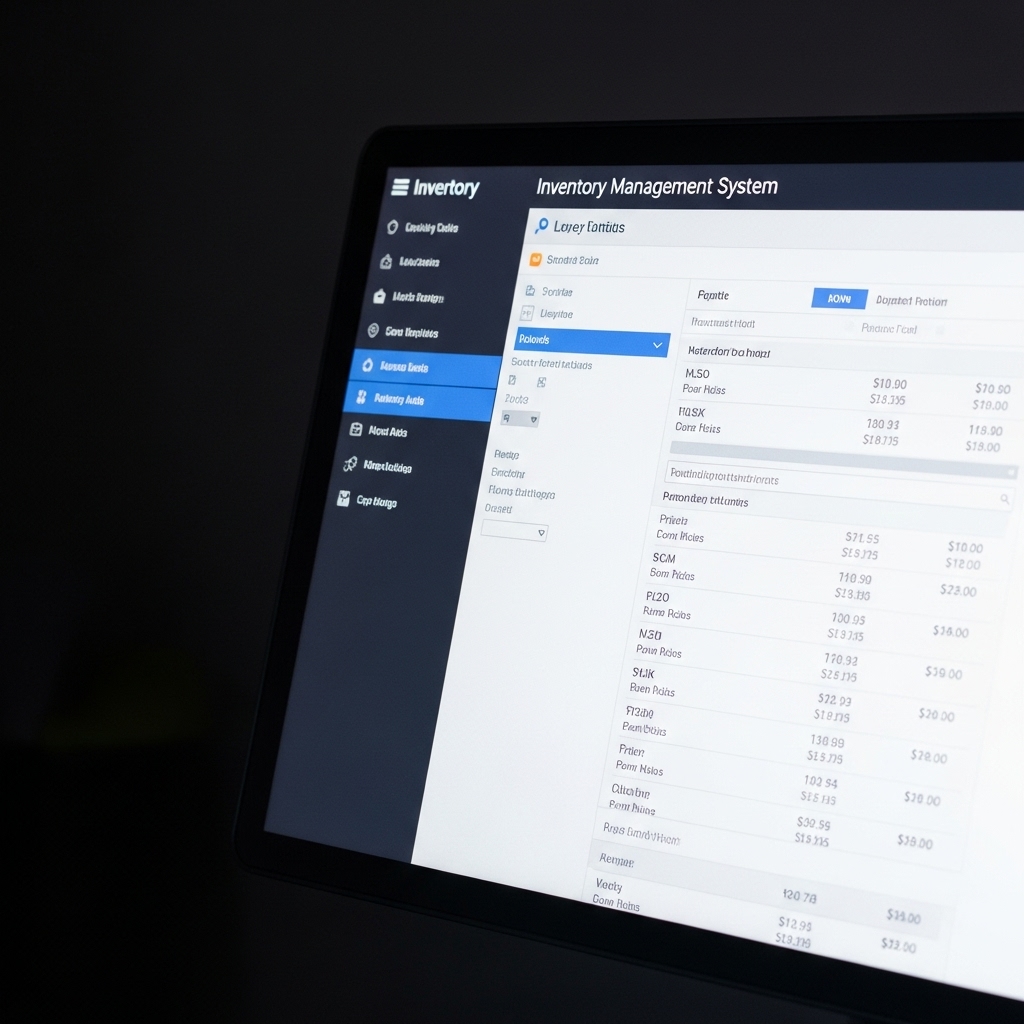-3.jpg)
Optimize Returns with Data Insights
Leverage predictive analytics to refine returns processes, reduce operational costs by up to 20%, and enhance customer loyalty through swift resolution.
Refining Returns with Advanced Analytics


Boost Return Efficiency with Automation
Industries We Serve with Tailored Solutions
- Retail: Enhance inventory turnover and reduce stockouts by employing adaptive logistics strategies tailored to seasonal demand variations, ensuring optimal product availability and increased customer satisfaction.
- E-commerce: Improve last-mile delivery efficiency with up to 25% faster shipping times by integrating real-time tracking systems and agile distribution networks, enhancing customer experience and retention.
- Manufacturing: Lower production downtime by 15% through synchronized supply chain operations that optimize component delivery schedules, minimizing disruptions and maximizing production throughput.
- Distribution: Streamline warehousing operations with predictive inventory management systems, reducing holding costs by 12% and improving order fulfillment accuracy to meet diverse client needs.
- Logistics: Boost fleet utilization rates by 18% using advanced route optimization algorithms, reducing fuel costs and carbon emissions while ensuring timely delivery across complex supply chains.
Core Analytics Tools for Logistics
- Data Visualization: Utilize interactive dashboards to monitor real-time freight movements. Identify bottlenecks instantly, reducing transport delays by 15% and improving on-time delivery rates.
- Predictive Modeling: Implement machine learning models to forecast demand surges. Anticipate logistics needs accurately, helping decrease stockout occurrences by 25% during peak seasons.
- Process Automation: Automate repetitive tasks like invoice processing and shipment tracking. Save up to 30% in labor costs while minimizing human error and enhancing efficiency in logistics operations.
- Inventory Management: Optimize stock levels with smart algorithms, enabling a reduction in excess inventory by 20%. Ensure product availability, improving customer satisfaction and reducing holding costs.
- Customer Feedback Analysis: Leverage natural language processing to analyze customer reviews and feedback. Identify trends and service gaps, leading to a 10% increase in customer retention and loyalty.
Returns Management Features
Trend Analysis
Utilize advanced trend analysis to track and predict return volumes, helping to create more efficient resource allocation strategies. By identifying top return reasons, businesses can achieve a 15% reduction in unnecessary returns and streamline inventory management.
Customer Insights
Leverage sophisticated data mining techniques to uncover customer behavior patterns, enabling tailored return policies that enhance customer satisfaction. Implement changes that increase customer retention by 12% through personalized service improvements.
Risk Management
Employ predictive analytics to detect vulnerabilities within the supply chain, proactively mitigating risks such as product recalls or supplier delays. This approach can decrease potential disruptions by 20%, ensuring a resilient and reliable returns process.
Efficiency Optimization
Automate repetitive tasks in the returns process with cutting-edge robotic process automation (RPA), reducing manual workload and processing time by up to 30%. This boosts operational efficiency and allows staff to focus on more strategic tasks.
Precision Strategies with Data Analytics

Tangible Advantages of Analytics in Logistics
- Improved Process: Streamline supply chain workflows by integrating real-time data analytics. This enables faster identification of bottlenecks, reducing shipment delays by up to 15% in high-demand sectors like automotive logistics.
- Cost Savings: Employ data-driven decision-making to cut unnecessary expenses. Through predictive analytics, proactively manage transportation costs, achieving savings of up to 12% by optimizing routes and consolidating freight.
- Enhanced Customer Experience: Leverage customer data analytics to personalize service offerings. For instance, in the fashion retail sector, use insights to ensure accurate delivery schedules, increasing customer satisfaction scores by 25%.
- Inventory Optimization: Utilize demand forecasting to maintain optimal inventory levels. By aligning stock with consumption patterns, grocery supply chains can reduce excess stock by 18%, minimizing waste and improving freshness.
- Operational Insight: Gain comprehensive visibility into daily operations with detailed analytics. In the pharmaceutical industry, track and optimize cold chain logistics to ensure compliance and maintain product integrity, reducing spoilage costs by 10%.
Transform Returns with Predictive Analytics
Streamline Operations with Integrated Analytics
You may also be interested in
Maximize your potential with our seamless, end-to-end supply chain solutions.

Returns Data Integration with CRM/ERP
Optimize return workflows and boost customer trust with seamless CRM/ERP data integration. Enhance accuracy, reduce processing time, and improve insight management with our intuitive solutions.
.jpg)
Repackaging and Reshipping
Optimize your reverse logistics with our expert repackaging and reshipping solutions. Reduce turnaround time by up to 30% and enhance customer satisfaction through precise handling and swift processing.

Returns Workflow Automation
Elevate your returns process using cutting-edge automation for up to 30% faster processing, reducing error rates and boosting customer loyalty.